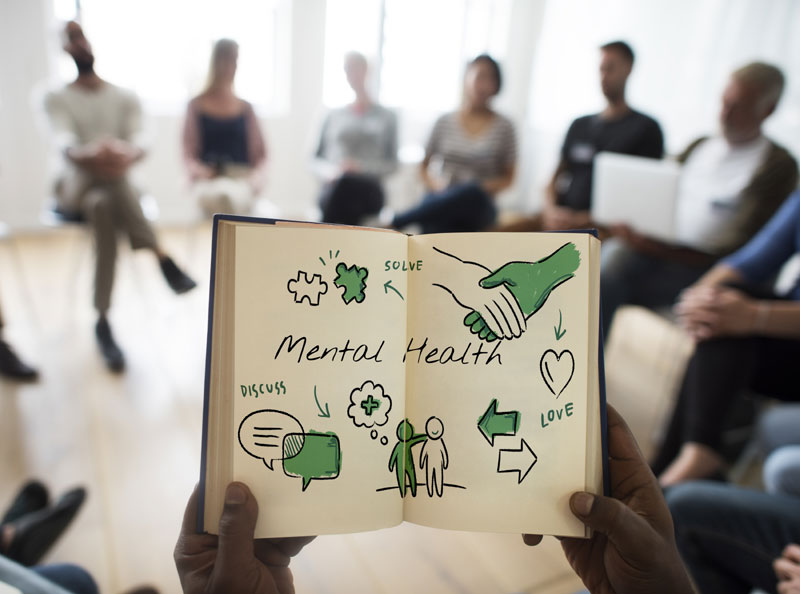I Read a Professional Mental Health Training Manual. Here Are 5 Surprising Truths Everyone Should Know.

The public conversation around mental health is growing louder, and that’s a good thing. Yet, for all our talk about awareness, our understanding can often remain on the surface, rooted in common but incomplete assumptions. Wanting to go deeper, I reviewed a set of professional training materials designed for healthcare workers who support individuals with mental health conditions and learning disabilities. The insights were powerful and perspective-shifting.
This article shares five of the most surprising takeaways that challenge common beliefs about mental health and disability. These are the concepts taught to professionals—the ideas that move us from simple awareness to a more profound, empathetic, and practical understanding.
1. Disability is often created by society, not a person's impairment.
2. Self-harm is a complex form of communication, not just a destructive act.
- To express something that is hard to put into words
- To turn invisible thoughts or feelings into something visible
- To change emotional pain into physical pain
- To have a sense of being in control
- To escape traumatic memories
- To punish themselves for their feelings and experiences
- To stop feeling numb, disconnected, or dissociated
- To express suicidal feelings and thoughts without taking their own life
Understanding self-harm as a method of coping with unbearable internal pain fosters empathy over judgment. It moves the focus away from the physical act itself and toward the immense psychological distress that drives it, highlighting an urgent need for support and alternative coping strategies.
